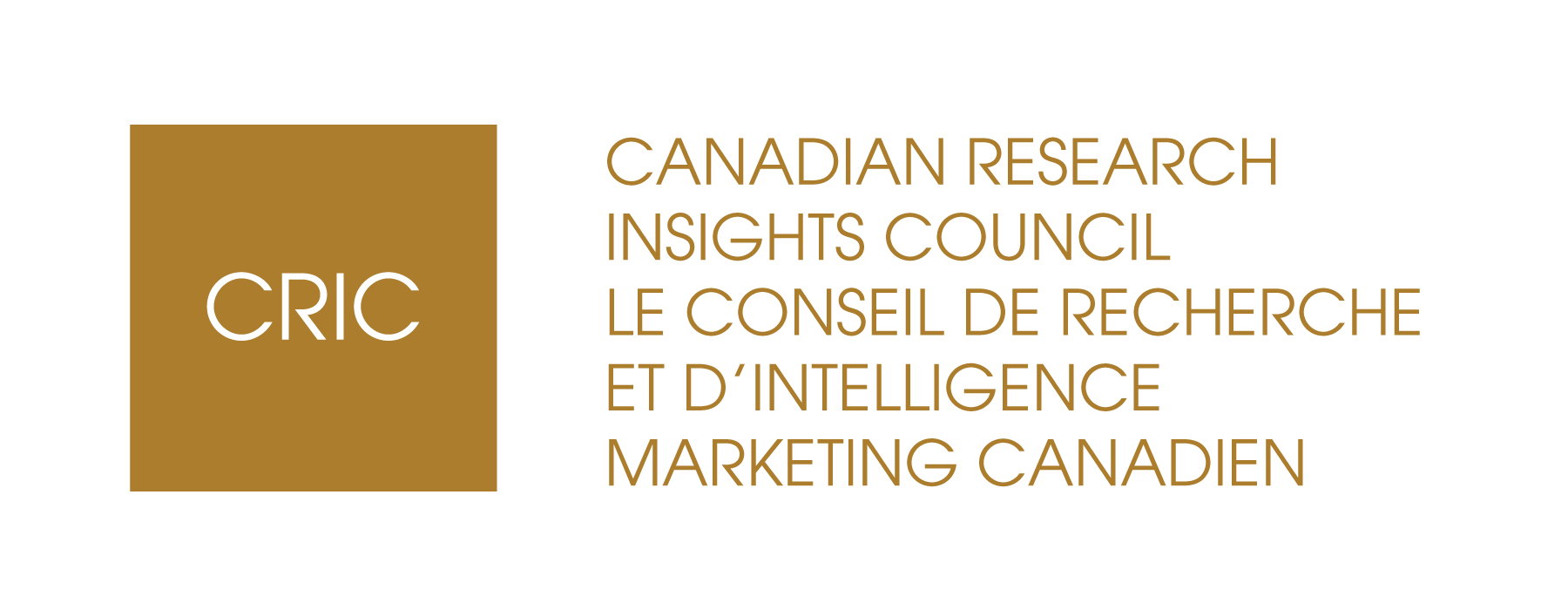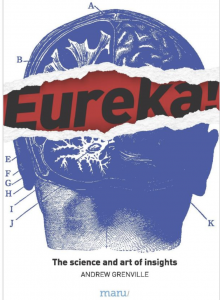The Changing Role of Insights
This book explores the blind spots and cognitive biases that can cloud insights in data storytelling through an interdisciplinary lens. Grenville talks about the issues at stake in separating real insights from the spurious ones. He talks about “tunnel vision” that comes from the tendency to make snap judgments on limited bits of information, also called WYSIWYG (What you see is what you get) an acronym coined by Daniel Kahnemann for “blinkered thinking”. Then there are issues with the misunderstanding of statistics including the misuse of “statistical significance” and not reading the insights that the statistics “don’t say”. For example, rather than asking about whether something is statistically significant, it might be more useful to the researcher to ask “are the differences meaningful?” There is a section in his book about the generation of insights – both the art and science of how insights are industrialized in everyday work with practical processes and examples to apply including a bias-detection checklist, a systematic process for insights generation by James Webb Yonge (gathering raw materials, making connections, synthesis, brewing and marination of insights, the “eureka” moment of discovery, and then the practical shaping of the insight for usefulness. There is also significant research and text devoted to the communications of insights, an important and vital part of today’s insights professionals toolkit in the book.

